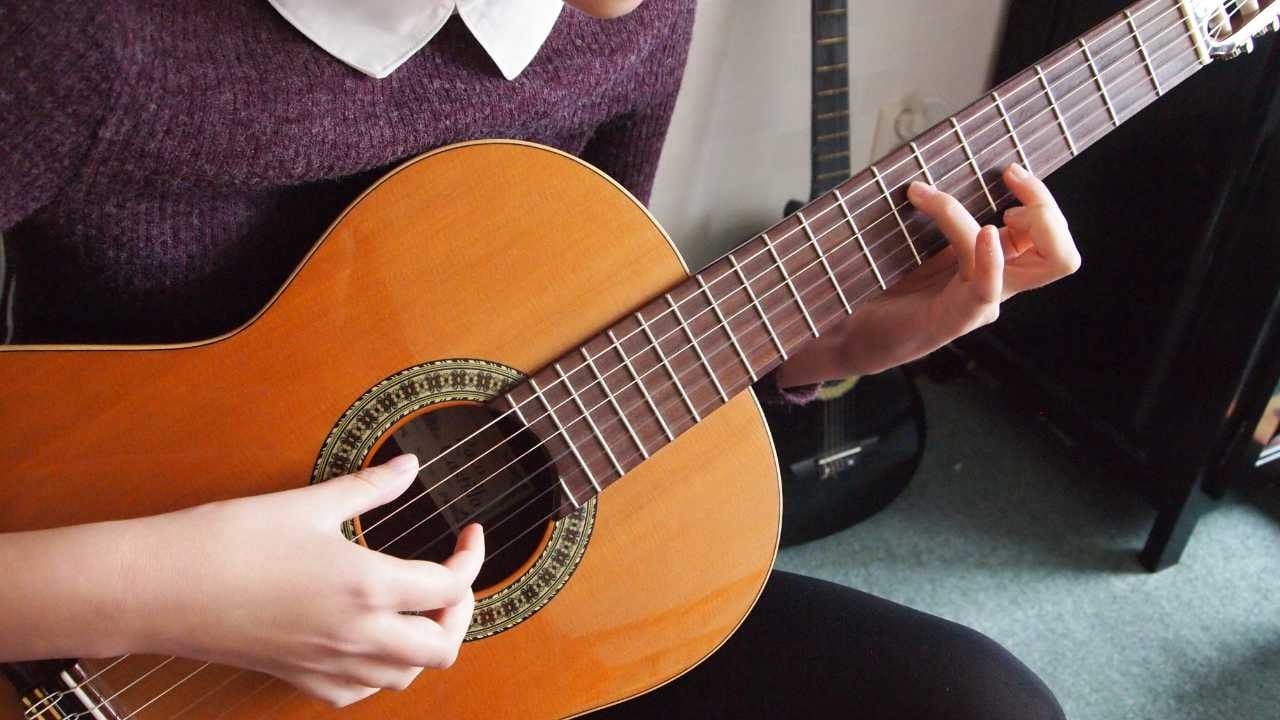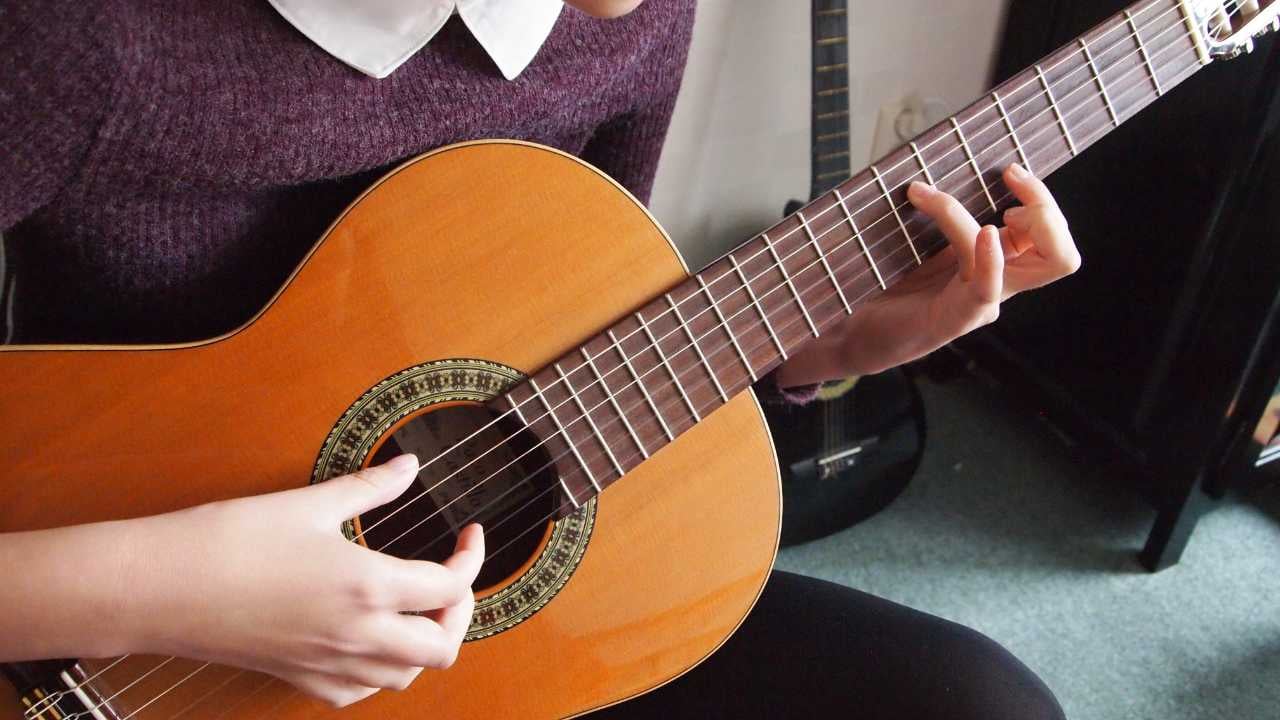When it comes to learning the classical guitar there can be certain unrealistic expectations. Some of those include being able to learn pieces quickly and easily. Since the guitar is sometimes considered an easy instrument to learn, the more advanced techniques can be discouraging at times. However, every challenge can be overcome with the right mindset and practice. In this article, we will talk about aspects of going from a beginning guitarist to a polished professional.
It Takes Time to Learn Guitar
The first thing to learn is that learning takes time. It not only takes time, but it also takes effort. Not only does it take time and effort, it takes focus… okay, I’m done. Everything worth doing in life will take time to learn. Learning starts with the most basic foundations and then you add to that foundation. Think of a building. You never see a building built before the foundation is laid. The foundation needs time to set. In our terms, you need to internalize the foundations and mechanics related to the guitar technique. This takes time and repetition. Practicing until you have it right. Internalized until it becomes a natural part of your being.
For example: there is a technique called Planting. How do you plant? You start with the basics. Let us define what we are talking about. What is Planting? Planting is the technique where the finger that is about to play lightly touches the string just before playing. How do you learn Planting? You practice. How do you practice Planting? With arpeggios.
Many people think that arpeggios are meant to be played at supersonic speeds. Yes and no. Yes, we can build up our speed to play arpeggios rather fast. However, to perform arpeggios at high speeds, we need to start slow. Take a p-i-m-a arpeggio for example. Place the thumb (p) and as you play the thumb, plant the index (i) finger. This is to be done in one motion. As the index (i) finger plays, plant the middle (m) finger. Again, in one smooth fluid motion. As the middle (m) finger plays, plant the ring (a) finger. Then as the ring (a) finger plays, plant the thumb (p). Do this super slowly. Only speed up as planting becomes natural. Try different arpeggios as you go. You must do this slowly.

Realistic Expectations
We all want to play perfectly the first time and every time. That is not realistic. As in most things in life, you must practice them to get better. However, practice itself does not equal advancement in proficient technique. Sometimes we have wonderful practice sessions. Then sometimes, we have a terrible practice session and wonder why we are wasting our time. Both happen. A great practice session does not mean we have arrived. A bad session does not mean it is time to change hobbies or careers.
Unfortunately, setbacks are better growth opportunities. Maybe it is time to slow down the technique or phrase we are practicing. Slowing down, many times is the key to perfecting that technique or phrase. A realistic expectation of growth in learning an instrument is three steps forward and two back. We are consistently getting better at our craft, even while experiencing setbacks.
[Hey, are you enjoying the article? Sign up for Pauly’s Newsletter and get notified when we release new articles, sheet music, books, videos, EPs, and stuff like that. Sign up for the newsletter today.]
Making Mountains Out of Mole Hills
I have a saying that I tell my students. I ask them, “Have you ever heard of the saying, ‘Don’t make a mountain out of a molehill?” Most of them have heard this. However, just in case you have not: A molehill is something rather small compared to a mountain. The saying means: do not make a big deal out of something small. Then I tell them, “…but, mountains are made out of Mole Hills.”
The concept is that we start small and build on the easy techniques to then build advanced techniques. If we learn the planting technique now, our playing will become much more fluent as we advance. If we skip the planting technique now, our playing speed will be an issue later. If we do not learn how to read music now, we will be stuck with only reading tabs. Then we miss out on a plethora of music available to us. If we neglect music theory now, we miss out on what the compositions of old can teach us about composing.
The idea is to start small and build by learning a concept and then adding layers to that concept. Layer upon layer, concept upon concept until we reach an advanced stage of playing. Pretty much anything in life follows this pattern.
A Practice Plan
Planning a time during the day, a place to practice, and a detailed list of what to practice is highly beneficial. What time of day is the best for your schedule? Morning, evening, afternoon, after lunch? Where do you have a break in your schedule that you can add a practice session? What if your schedule changes? Be fluid enough that you can change the time you practice if your schedule changes.
Plan to practice certain techniques. Plan to practice certain phrases of a piece that you working on. Having a set focus is the key to success. Each area must be “mastered” and the concept understood before moving on. Wandering in your practice will not produce the results you want.
Set a time during your day when you can have an undisturbed time of practice. Pick a place that has little to no distractions. Unless needed, leave the phone off or in another room. Set a time limit for your warm-up. Set a time limit to practice your pieces. Will you practice for 30 minutes, 45 minutes, or an hour? Will you practice for 2, 3, or 4 hours?
Relax, It’s Just Dots and Lines on a Page
Many times, I have seen guitarists get frustrated when they face a challenging piece or phrase. I have been frustrated at times too. However, if you learn to have the right mindset while learning this will vanish. What do I mean? Once I showed a piece of music to one of my nephews. He said that all he saw was “a bunch of black dots.” When we think rightly about the music, it’s only a bunch of dots (and lines) on a page. Those dots mean more to us as musicians, but that’s all they are.
When those dots start to frustrate you, think about a few things. First, are you trying a piece above your level? That is usually the first thing someone will point out. If the piece is a level 8 and you are only at a level four, you may want to wait. If it is only a hard spot in the piece, isolate it. Practice just that part slowly with a metronome until you can play it.
If you are getting frustrated, be disciplined enough to take a break. Take a breath, take a walk, clear your head. The solution may come to you. It may not. Slow the part down, and become aware of how the finger moves when playing that part. Train your fingers to flow (like water) through that part. Don’t get in your head about it. It’s just dots on a page. You may not get it today, or tomorrow, or even next week. But if you don’t give up, you will get it.
Conclusion
Just like everything else, it takes time to learn guitar. You will not get it overnight, but with consistent practice, you will get it. Sometimes that will be easy, sometimes it will not. The challenge is to know when to slow down, when to take breaks, and when to celebrate your achievements. It is okay to take breaks. I usually take a week or two off every year. Some parts will take extra effort. Some parts will flow right at the beginning. Keep going. Never give up.




Comments ()